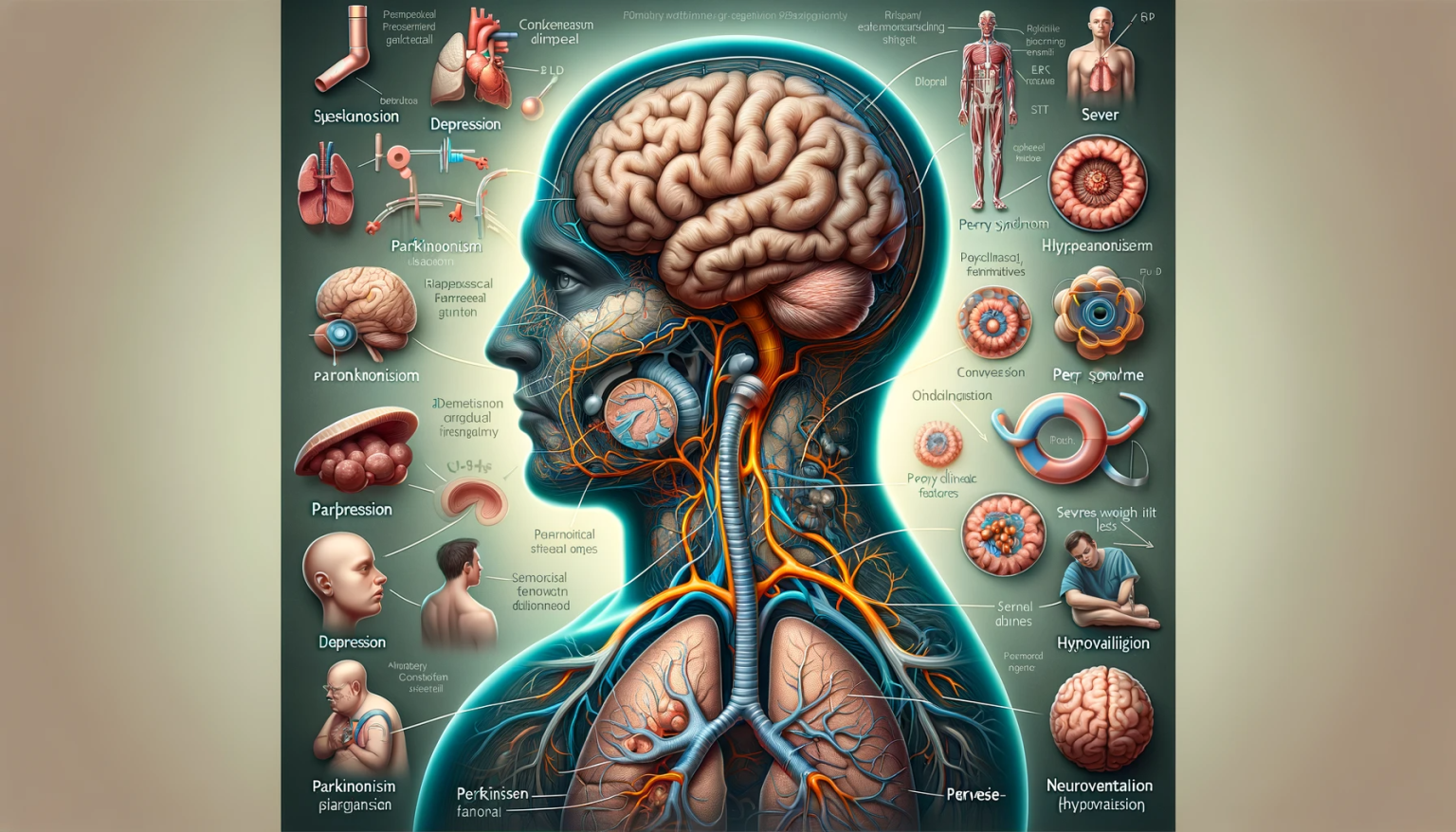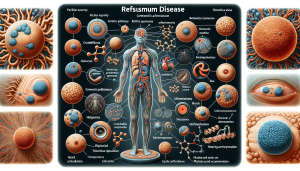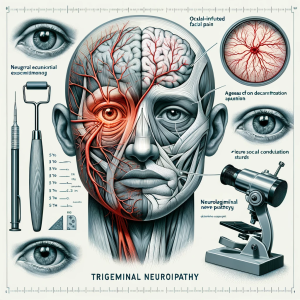 Anosmia, the loss of the sense of smell, is a symptom with a wide array of potential etiologies. This review aims to delineate the differential diagnosis of anosmia, focusing on the pathophysiological mechanisms, diagnostic approaches, and clinical considerations necessary for effective management.
Anosmia, the loss of the sense of smell, is a symptom with a wide array of potential etiologies. This review aims to delineate the differential diagnosis of anosmia, focusing on the pathophysiological mechanisms, diagnostic approaches, and clinical considerations necessary for effective management.
Introduction: Anosmia can significantly impact the quality of life, influencing nutrition, safety, and social interactions. Its etiology ranges from benign, reversible causes to indicators of serious underlying pathologies. Accurate diagnosis is essential for appropriate management and prognosis.
Pathophysiology: The sense of smell involves the olfactory epithelium and olfactory nerve (cranial nerve I), which convey sensory information to the brain. Anosmia can result from disruptions anywhere along this pathway.
Etiologies: Anosmia’s differential diagnosis can be broadly categorized into several groups:
- Nasal and Sinus Pathologies: Conditions like chronic rhinosinusitis, nasal polyps, and allergic rhinitis can obstruct the nasal passages, impeding odorant access to the olfactory epithelium.
- Neurological Disorders: Neurodegenerative diseases (e.g., Parkinson’s disease, Alzheimer’s disease), head trauma, and brain tumors can damage the olfactory nerve or central olfactory pathways.
- Viral Infections: Upper respiratory infections, notably those caused by certain strains of coronaviruses, have been recognized as a common cause of anosmia, often without significant nasal congestion.
- Toxic Exposure and Medications: Certain chemicals and medications can affect smell perception. Notably, some antihypertensive drugs, antipsychotics, and antibiotics are implicated.
- Congenital Anosmia: A rare condition where individuals are born without a sense of smell, often linked to genetic disorders.
- Age-Related Changes: Olfactory function naturally declines with age, leading to diminished or lost sense of smell in the elderly.
Diagnostic Approach: A comprehensive history and physical examination are the first steps. Focus on the onset, duration, and associated symptoms of anosmia. Nasal endoscopy, neuroimaging (like MRI), and olfactory testing can be instrumental in diagnosis.
Management: Treatment of anosmia is etiology-specific:
- Nasal and Sinus Pathologies: Addressing the underlying condition, such as with corticosteroids for inflammation or surgery for polyps, is primary.
- Neurological Disorders: While direct treatments may be limited, managing the primary neurological condition can be beneficial.
- Post-Infectious Anosmia: Olfactory training has shown promise in facilitating recovery.
- Toxic and Medication-Induced Anosmia: Discontinuation or substitution of the causative agent can lead to improvement.
Conclusion: Anosmia is a symptom with a wide differential diagnosis, necessitating a thorough clinical evaluation. Understanding the underlying cause is crucial for targeted treatment and counseling regarding prognosis.








